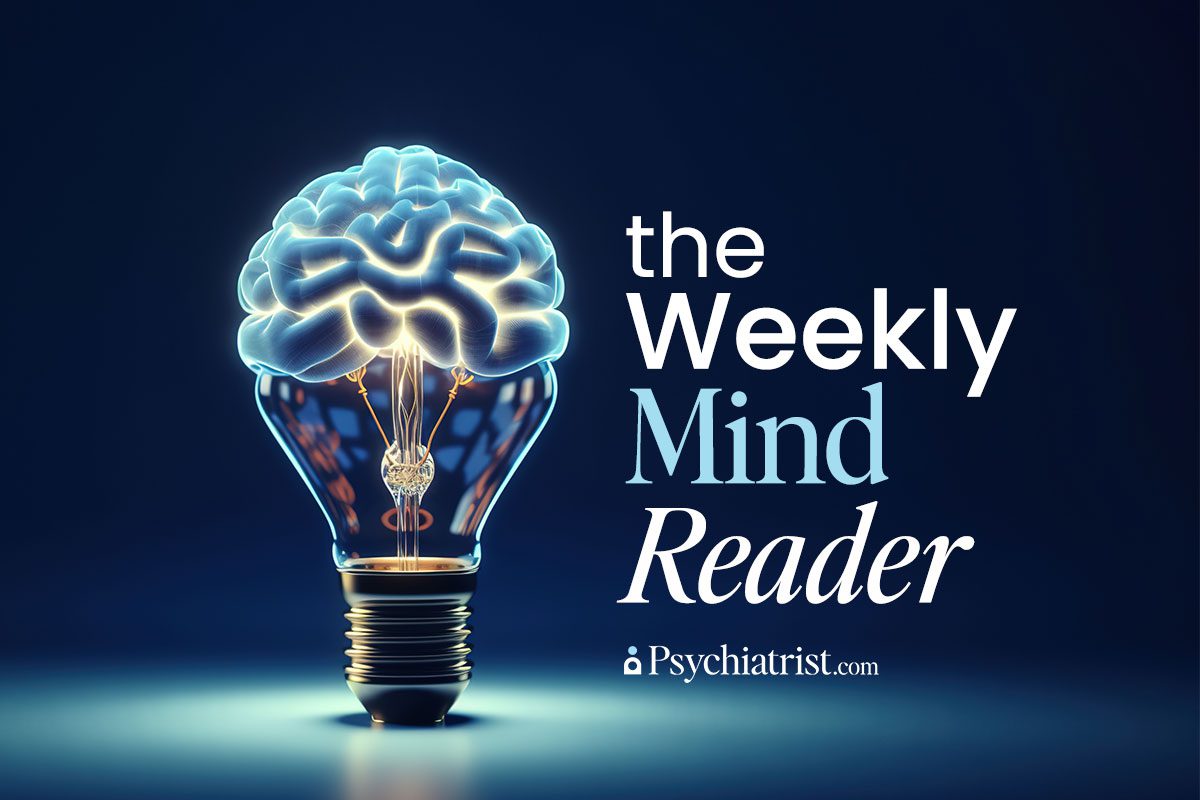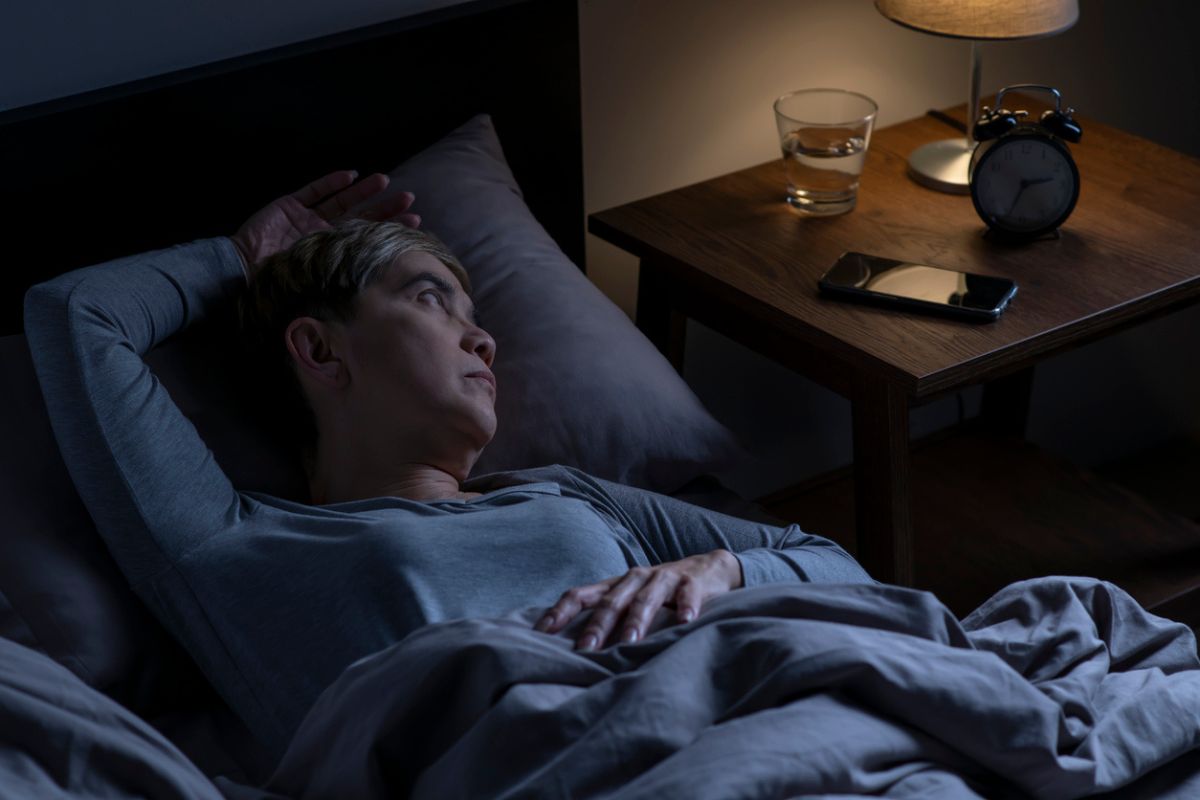As we age, it makes sense that we might not get out and about as much as we used to. Whether it’s because of mobility issues, cognitive challenges or simple physical illness, maintaining a social life becomes harder the older we get.
But it’s worth the effort to try. New research suggests that older adults who keep up strong social connections can dramatically cut their chances of an early death. Better yet, the new data offers both behavioral and biological explanations.
The study – based on data drawn from the University of Michigan’s Health and Retirement Study (HRS) found that adults 60 and older who often take part in social activities – such as volunteering, joining clubs, or even family time – enjoy a much lower risk of dying than their less-engaged peers.
Topline Results
The University of California, San Francisco, researchers crunched the numbers from 2,268 older adults who filled out questionnaires and offered blood samples. The study authors classified the participants based on their level of social engagement.
After four years of follow-up, those with high levels of social engagement were 42% less likely to die than those with low engagement. This association remained significant even after adjusting for age, socioeconomic status, and medical conditions.
“The high social engagement group participants had a lower median biological age, healthier behaviors, and lower prevalence of depressive symptoms than those in the low and moderate engagement groups. High social engagement was associated with lower mortality risk than low engagement,” the authors wrote.
But How Does Being Social Help?
The team explored several possible explanations to better understand how social interactions might help drive longevity. A pair of significant mediators emerged:
- Regular physical activity.
- Slower biological aging.
Using the Klemera-Doubal method, the researchers calculated each participant’s biological age. The more socially active participants tended to have a biological age younger than their chronological age, hinting as a slower aging process.
Socially engaged individuals were also more likely to be physically active, which (obviously) helps fuel their lower mortality risk. The researchers found that physical activity accounted for 16% of the link between social engagement and mortality, while decelerated biological age explained 15%.
Notably, other potential contributors, such as depression, excessive drinking and smoking didn’t seem to move the needle.
Why Social Lives Matter
Research like this is particularly relevant since estimates suggest that, by 2030, nearly a fifth of the U.S. population will be older than 65.
“These findings suggest that promoting social activities, healthy aging practices, and physical exercise could be crucial for developing effective public health interventions to promote longevity in the geriatric population,” the authors wrote.
Although previous research has documented the benefits of social ties, few studies have illuminated the biological mechanisms that power them. This paper adds to the growing body of evidence that points to the importance of biological age as a critical health indicator.
Moving Forward
The results underscore the potential power of social engagement as a public health strategy.
“In conclusion, this study emphasized the significant association of social engagement and mortality risk, with decelerated biological age and physical activity serving as key mediators,” the authors argued. “Further research is required to investigate whether interventions targeted at social engagement can lead to measurable improvements in health outcomes.”
Social connections do more than keep us busy and uplift our spirits. They might actually just help us live longer by keeping our bodies biologically younger while promoting healthier behaviors. As the research continues to unravel the links between our social lives and our physical health, it’s becoming abundantly clear that getting out of the house, engaging with others, and simply staying active, could be the closest we’ll come to a fountain of youth.
Further Reading
Benefits and Risks of New Tests for Alzheimer’s Disease
Lower Costs Boosted Senior Mental Health Care. Screening Could Do More.
Older Adults Get More Curious. But Only If It Interests Them.



